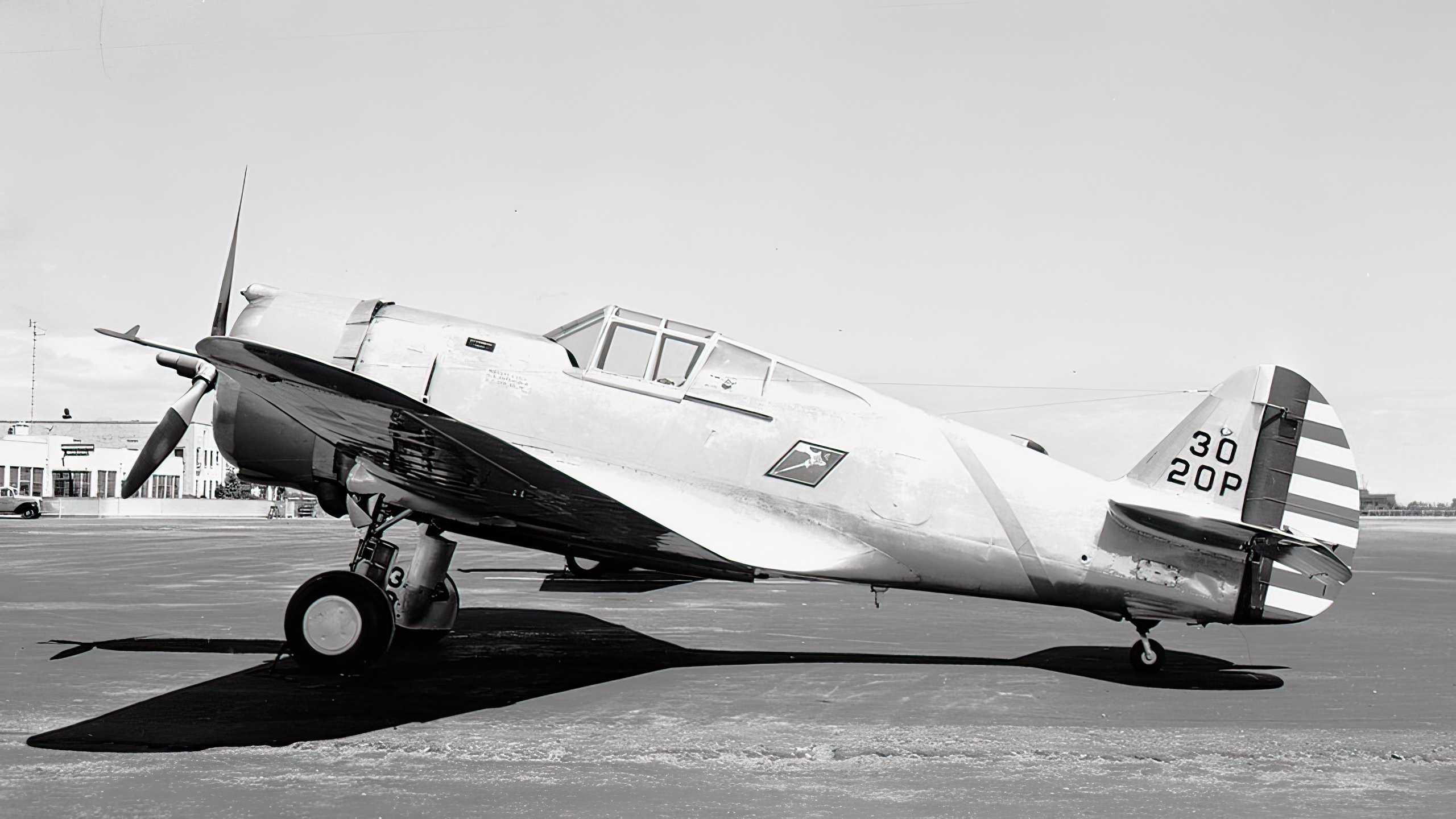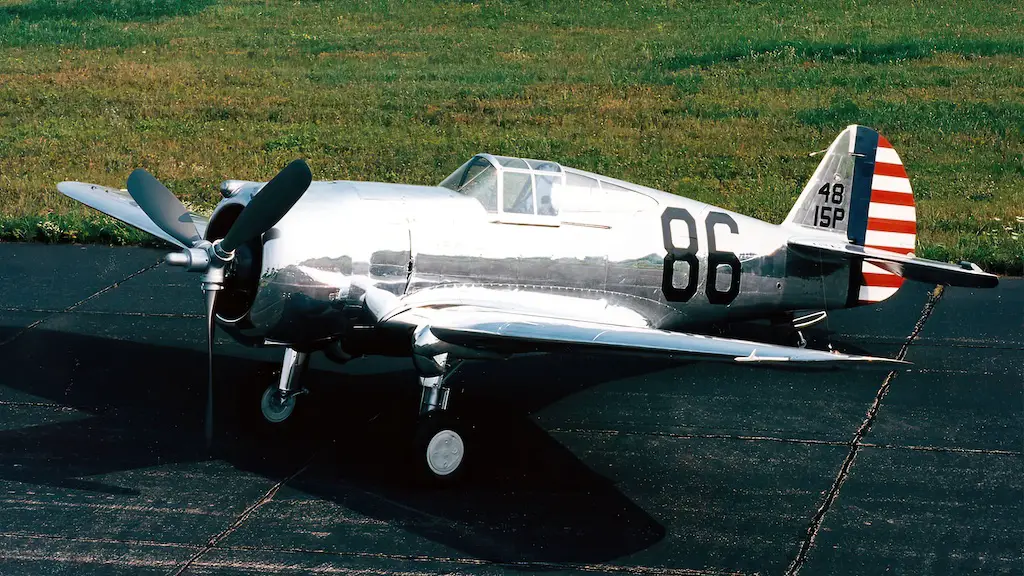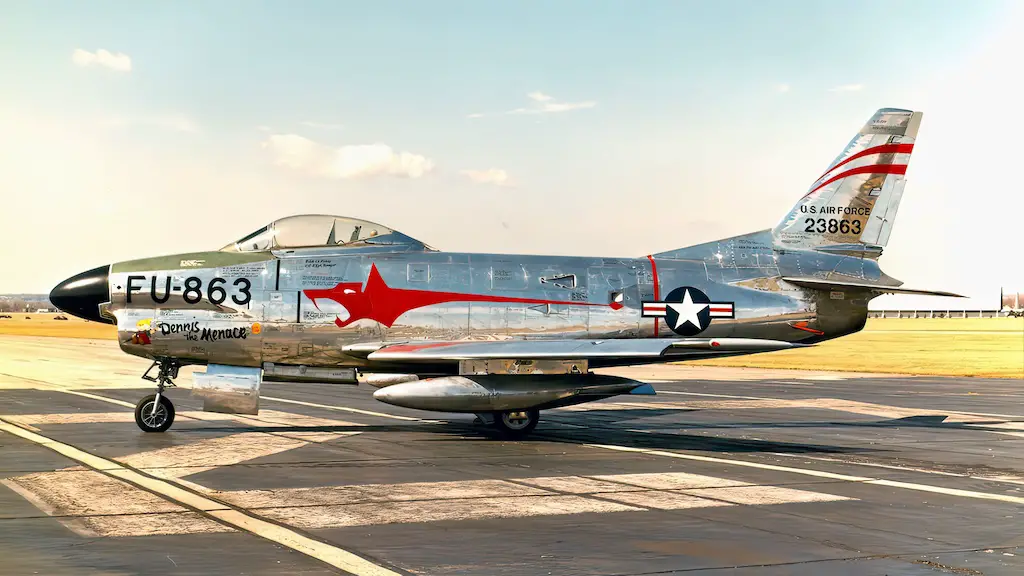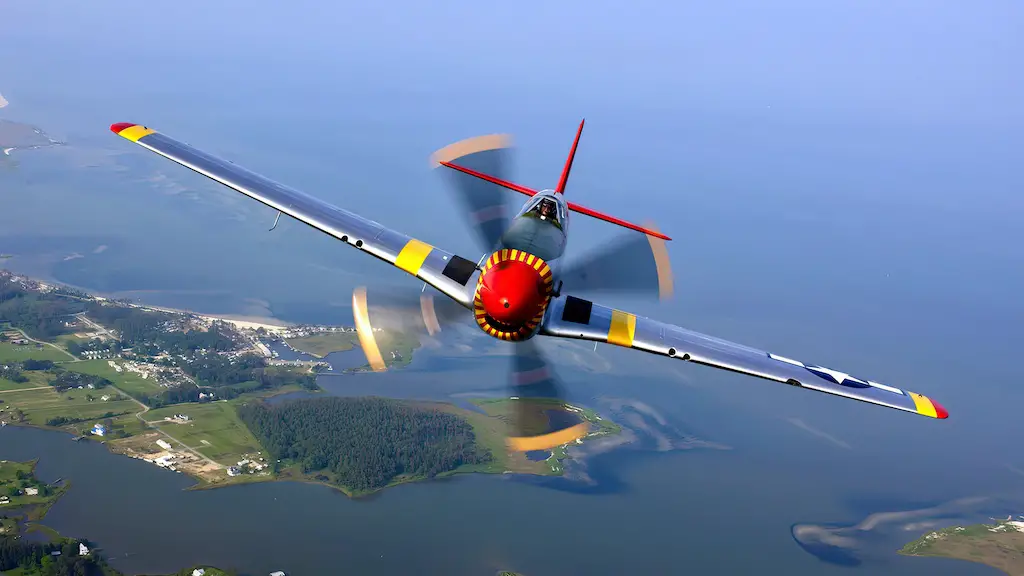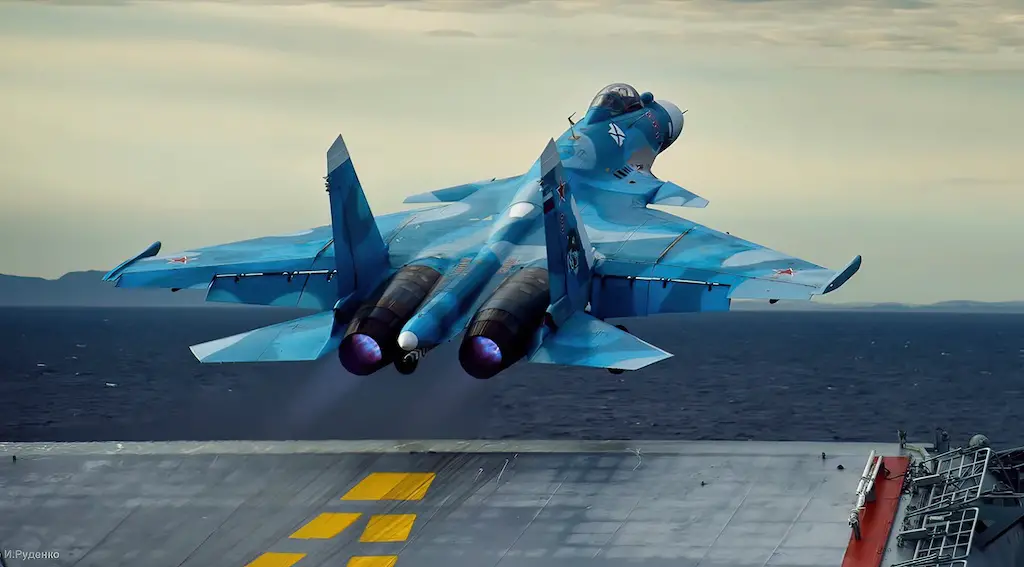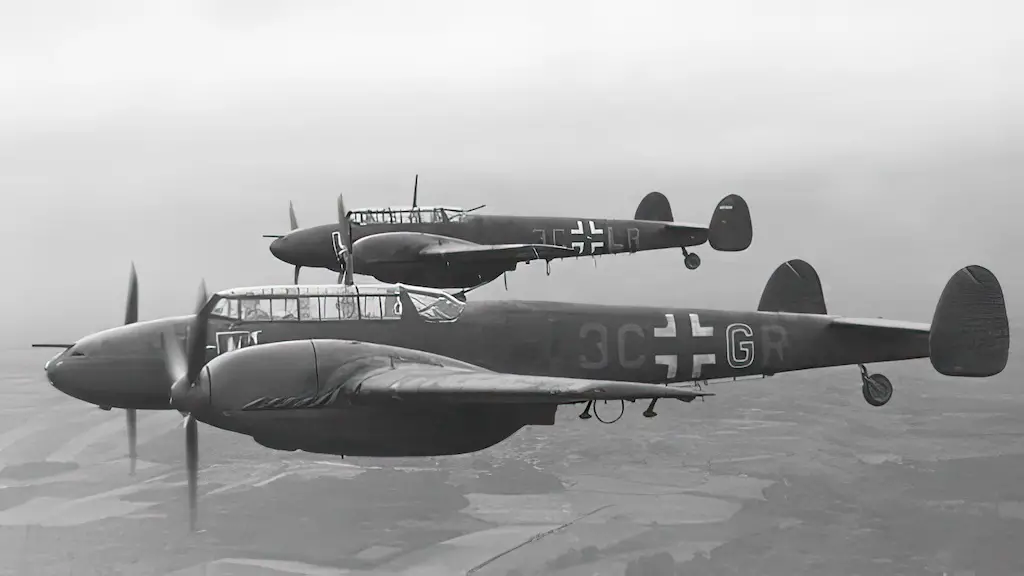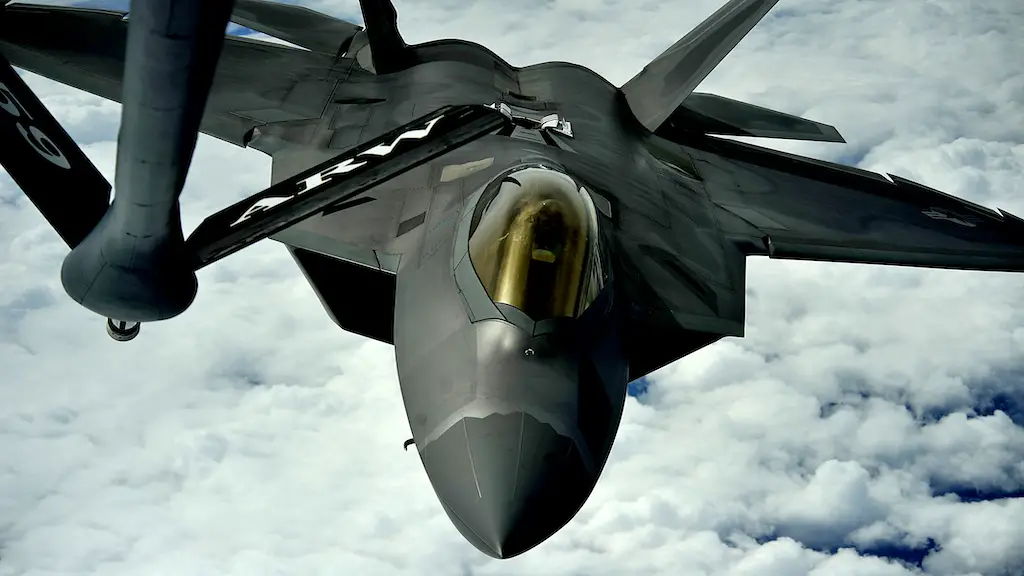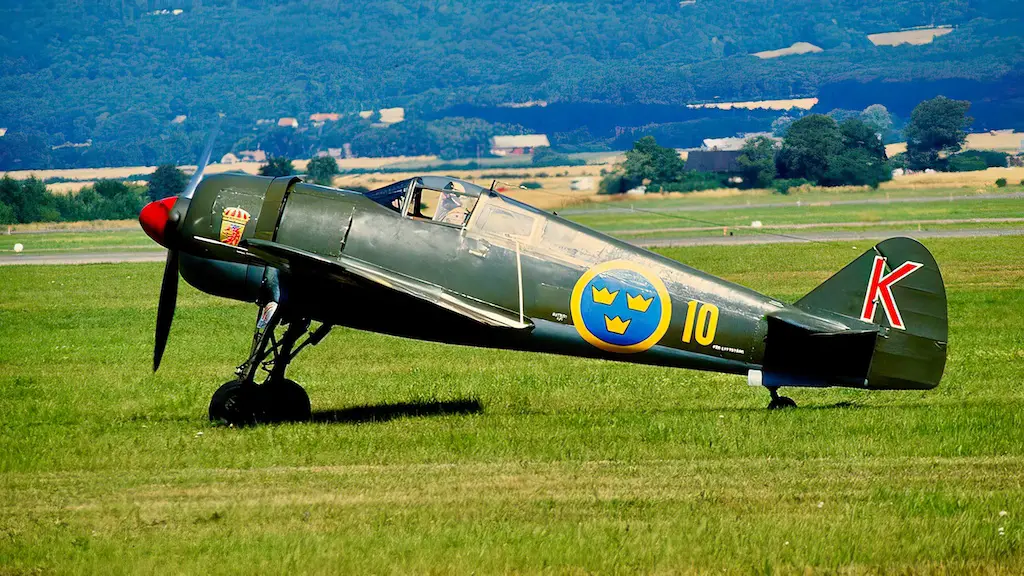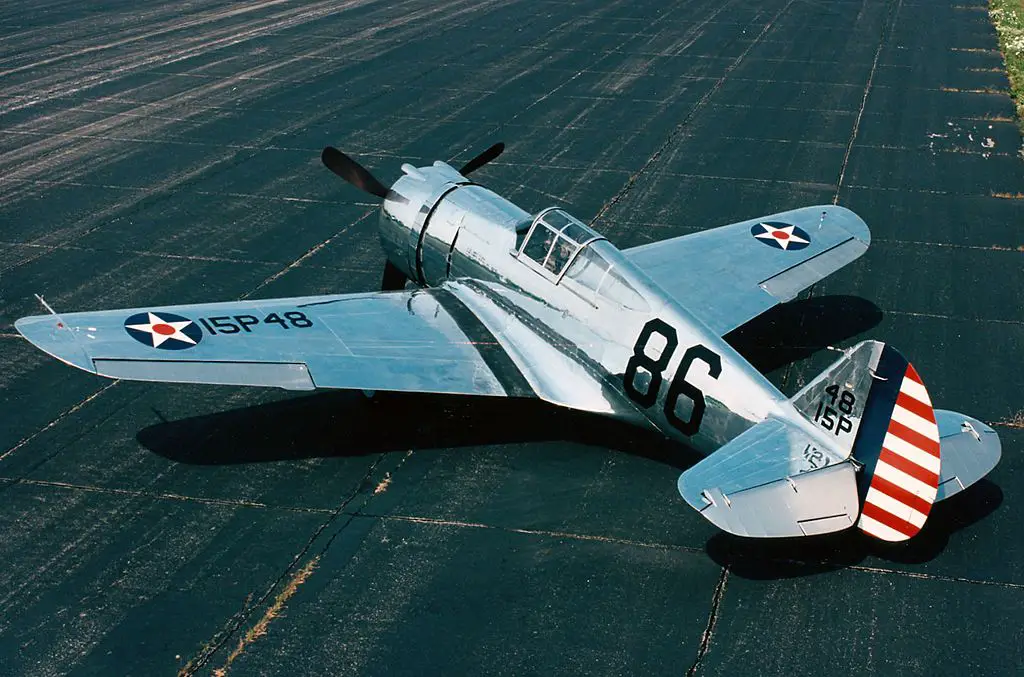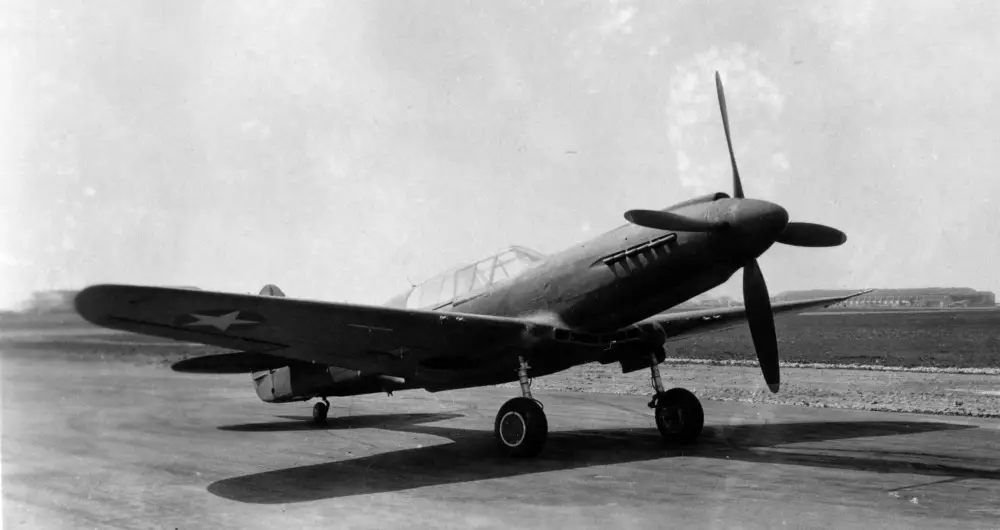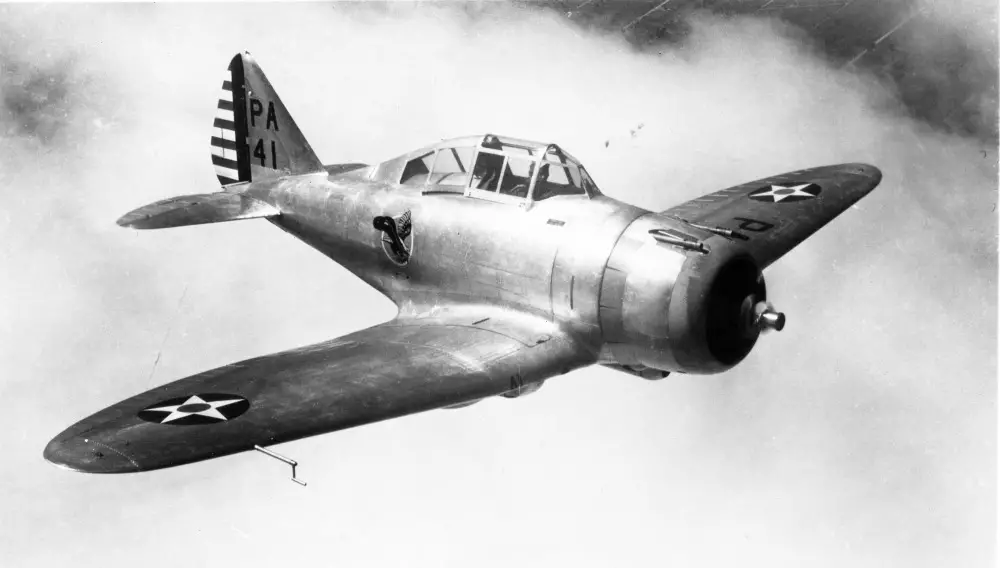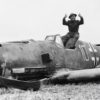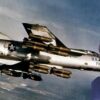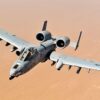A Quantum Leap in American Design
In the 1930s, American military aviation found itself lagging behind its European counterparts. It was the era of the Hawker Hurricane and the Messerschmitt Bf 109, aircraft that had begun to redefine air combat. Enter the Curtiss P-36 Hawk, an American fighter plane that signified a major leap forward. With its sleek monoplane design, retractable undercarriage, and extensive use of metal, the P-36 closed the technological gap between American and European fighters. While it may be best known as the precursor to the Curtiss P-40 Warhawk, the P-36 has its own intriguing tale of development, performance, and combat.
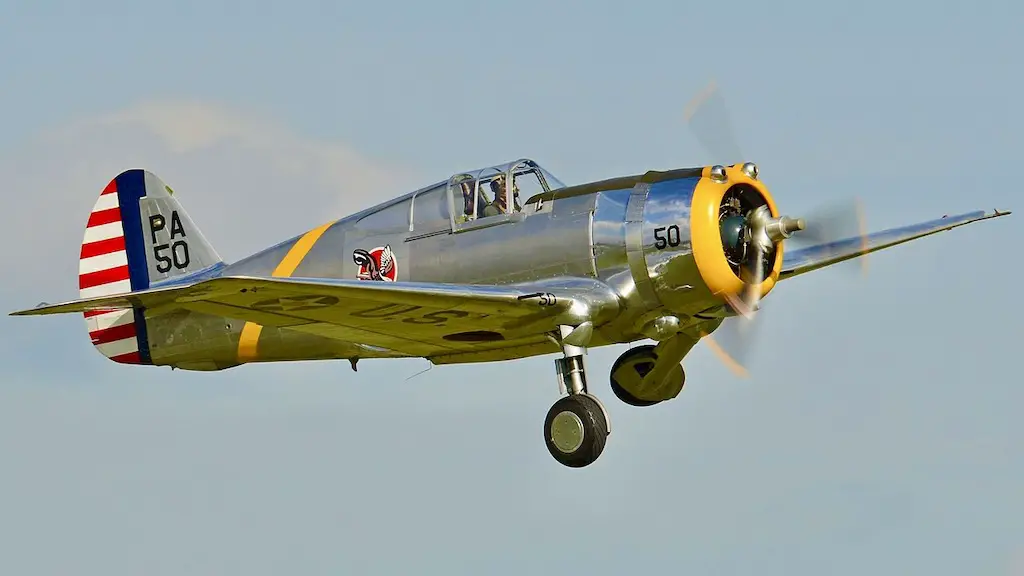
The Blueprint Takes Flight
The Curtiss Model 75, which would later evolve into the P-36 Hawk, began as a private venture by Curtiss, designed by engineer Don R. Berlin. The first prototype took to the skies on May 6, 1935, powered by a Wright XR-1670-5 radial engine generating 900 horsepower. But the aircraft initially faced setbacks. During a fly-off against its competitor, the Seversky P-35, the Hawk’s engine failed to deliver its promised performance, reaching only a top speed of 285 mph.
However, fortune favored the P-36. Concerned about European tensions and Seversky’s ability to deliver on time, the United States Army Air Corps (USAAC) ordered three Y1P-36 prototypes as backup fighters. These new prototypes featured an upgraded Pratt & Whitney R-1830-13 Twin Wasp engine and improved fuselage design. These changes were significant enough to earn the P-36 a USAAC contract for 210 fighters, marking its first real success.
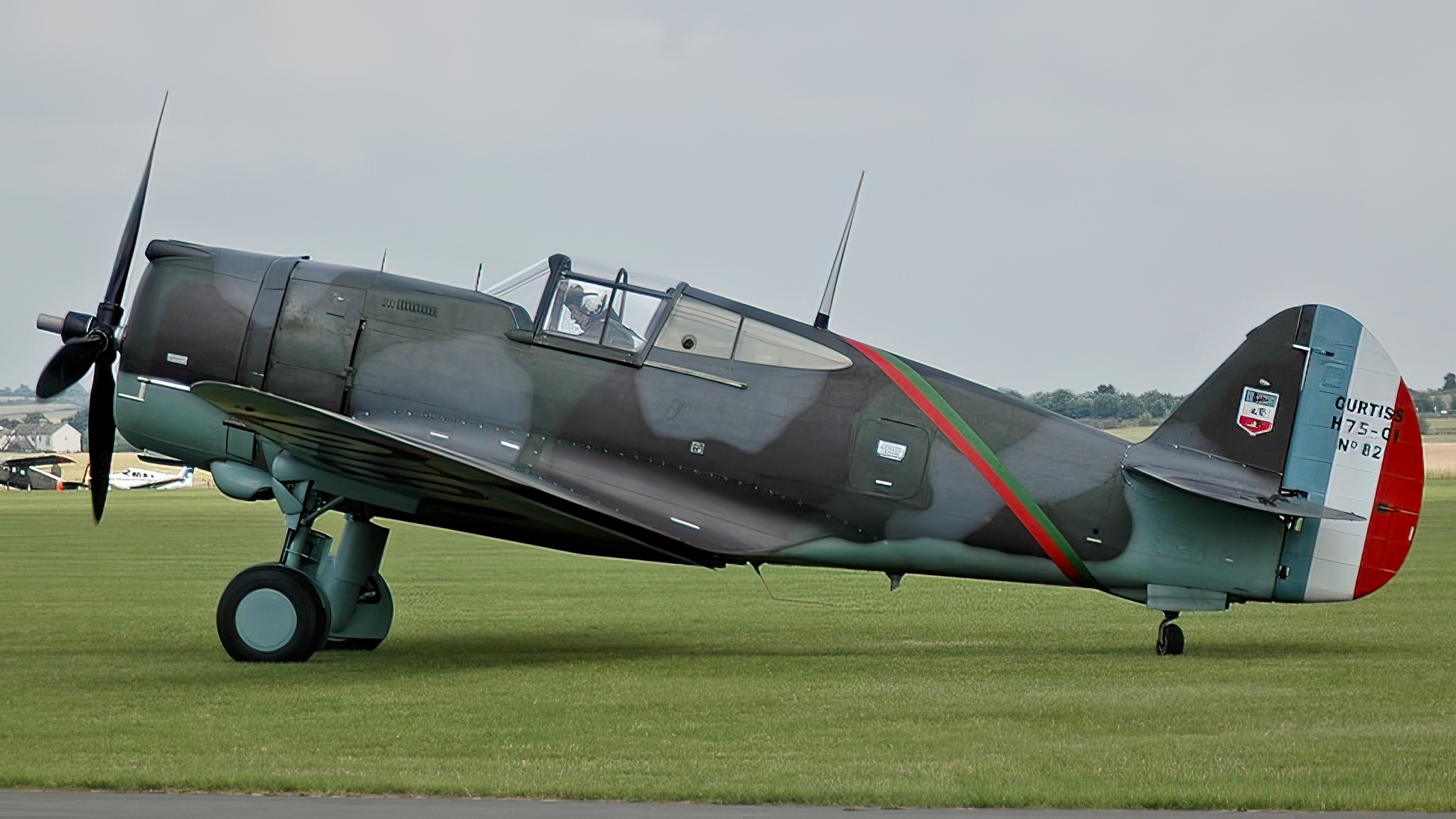
Engine Features
The P-36 Hawk utilized a Pratt & Whitney R-1830-17 Twin Wasp engine, a 14-cylinder air-cooled radial piston engine. Generating 1,050 horsepower, this engine was a key component in elevating the P-36’s performance. However, the engine came with its own set of challenges. The single-speed supercharger limited the aircraft’s high-altitude capabilities, which later versions aimed to rectify.
Despite these limitations, the Twin Wasp engine was reliable and powerful enough to give the P-36 the thrust it needed for various combat scenarios. Whether it was climbing quickly to engage an enemy or powering through aerial maneuvers, the engine did its part to make the P-36 a formidable machine.
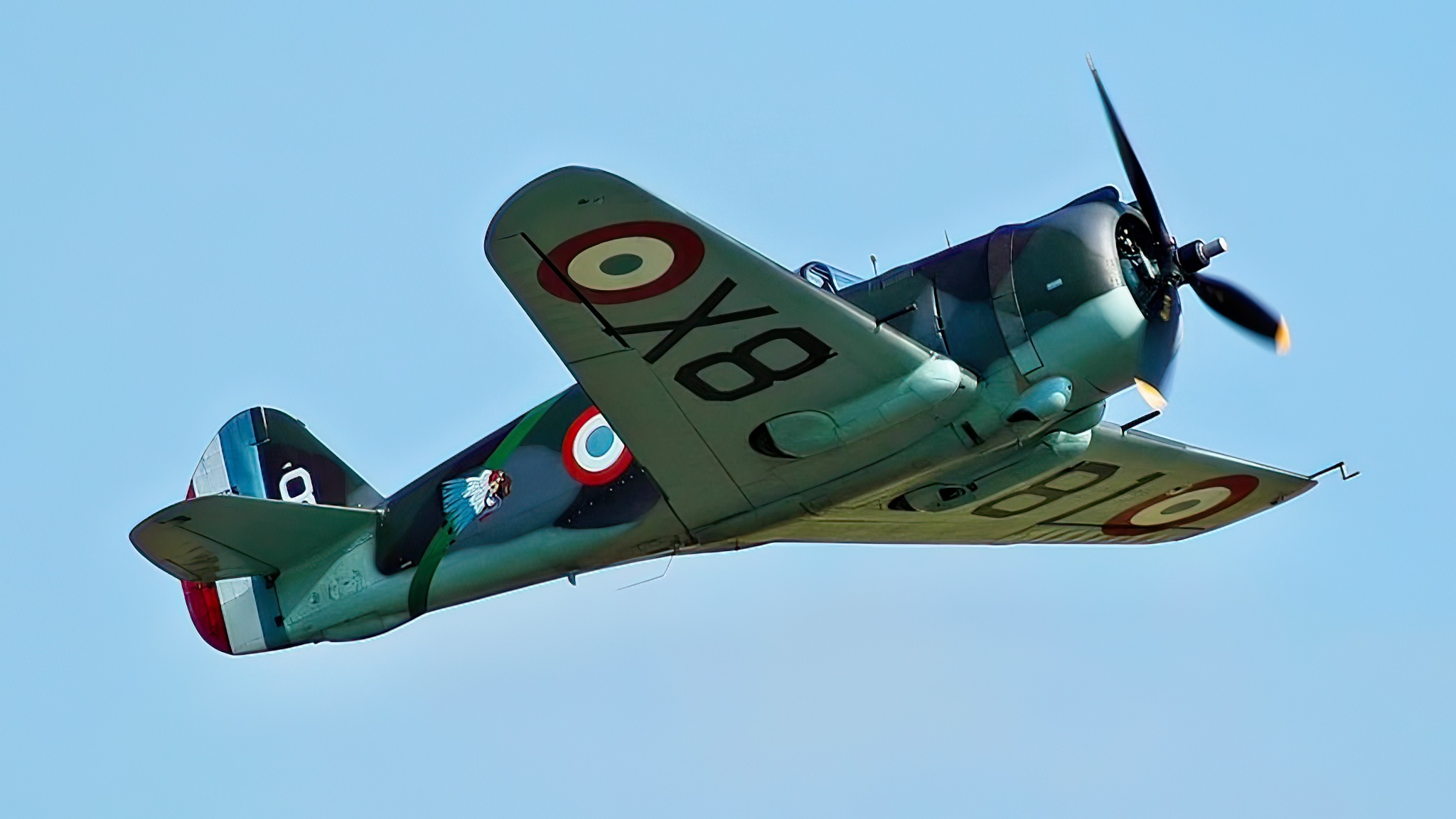
Agile in the Air
If one word could describe the P-36 Hawk’s flight characteristics, it would be “nimble.” With an extremely low wing loading of just 23.9 lb/ft^2, the aircraft boasted impressive turning capabilities. The high power-to-weight ratio further enhanced its climbing performance. However, like many aircraft of its era, the P-36 had its limitations.
Although its high-speed handling and roll rate were commendable, the aircraft suffered from being underpowered. This affected its acceleration and top speed. Additionally, unlike its descendant the P-40, the P-36 did not excel in high-speed dives. Despite these drawbacks, pilots often praised the P-36 for its responsiveness and agility, especially at lower altitudes.
A Fistful of Firepower
For its time, the Curtiss P-36 Hawk was adequately armed. Standard versions featured one 0.30-inch M1919 Browning machine gun and one 0.50-inch M2 Browning machine gun. While this may seem modest by later war period standards, it was a fairly common armament configuration during its operational period.
Some P-36 models were later adapted to carry additional ordnance, including bombs up to 100 pounds. This increased the P-36’s flexibility, enabling it to perform ground-attack missions in addition to its primary role as a fighter. Even if the P-36 was not the most heavily armed plane of its time, it was versatile enough to adapt to different combat scenarios, which made it valuable to various air forces around the globe.
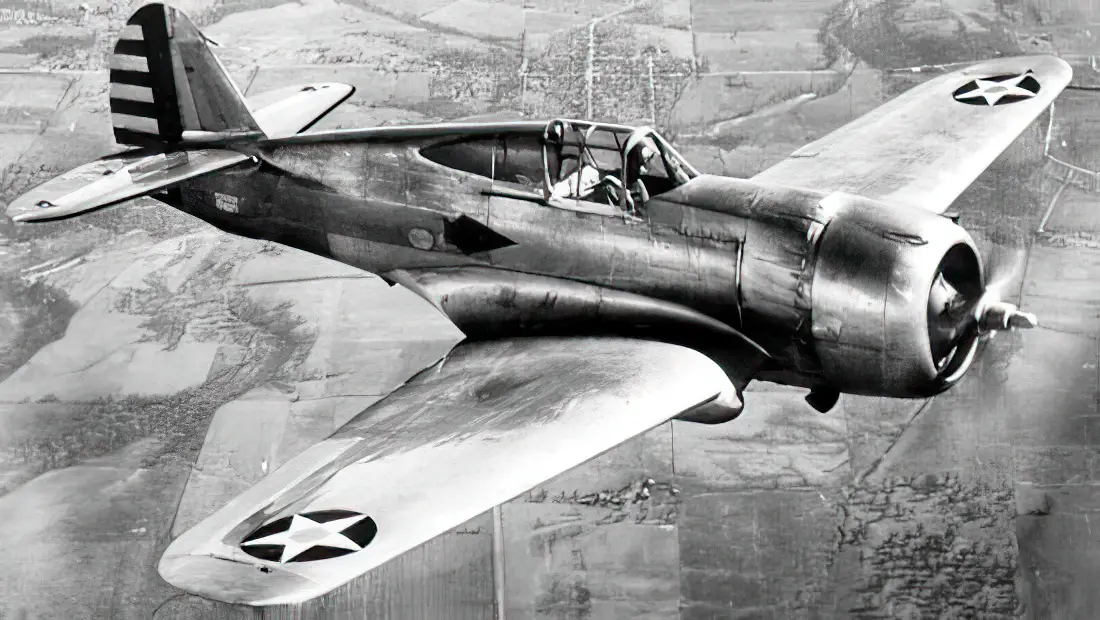
The P-36’s International Combat Record
Though the P-36 saw limited action with the United States during World War II, its story doesn’t end there. It was a key fighter for the French Air Force during the Battle of France. Captured models served Axis powers, while diverted planes flew for the British Commonwealth and the Dutch East Indies. It even found itself in a unique situation during the Franco-Thai War, where both sides deployed P-36s against each other.
With about 1,000 units produced, the P-36 had a global presence that contributed to its commercial success. Even though it lived in the shadow of its more famous successor, the P-40, the Curtiss P-36 Hawk holds a significant place in the history of military aviation. It was the plane that signaled America’s readiness to step into a new era of aerial combat, setting the stage for the advancements that would follow.
